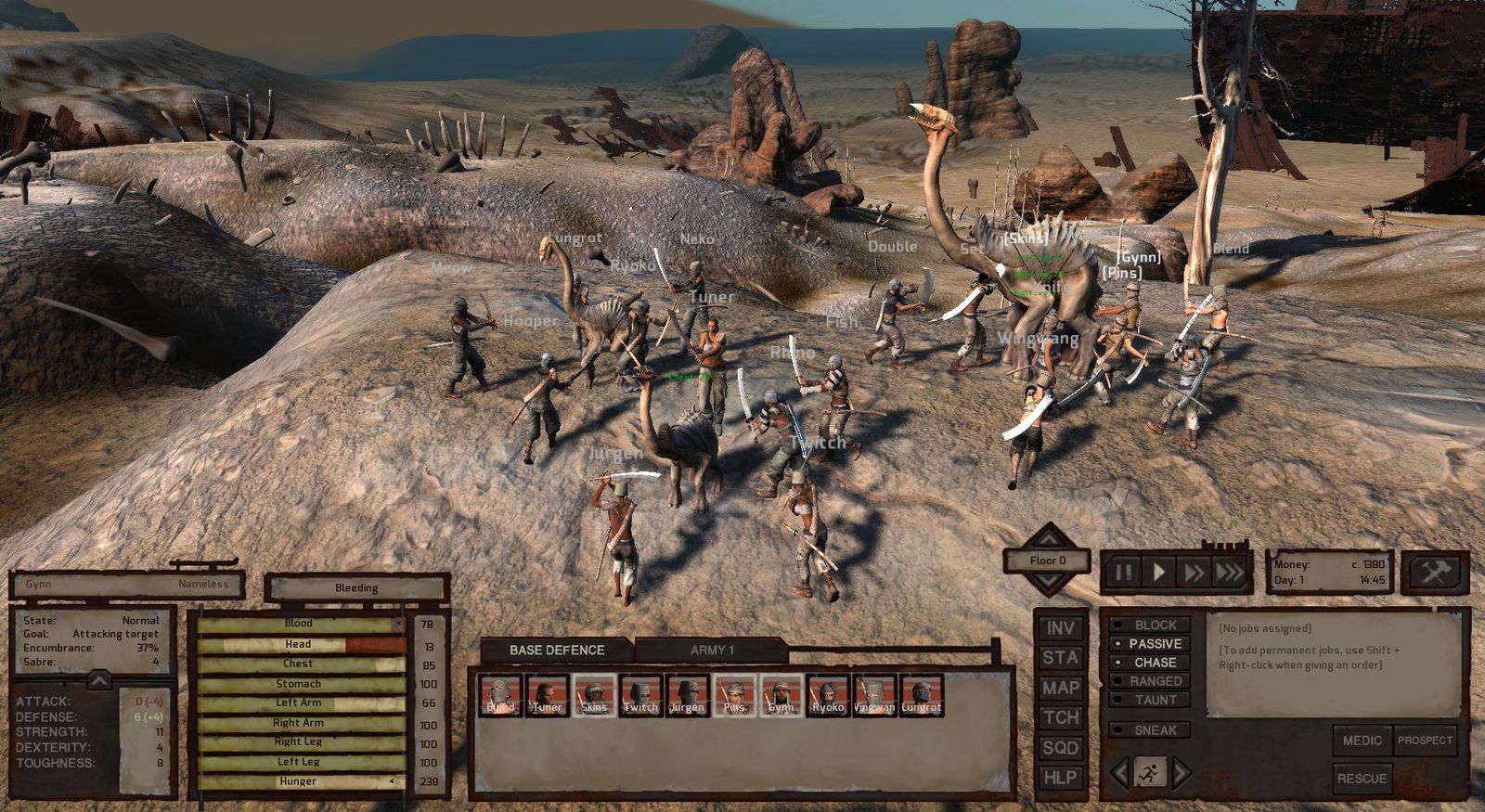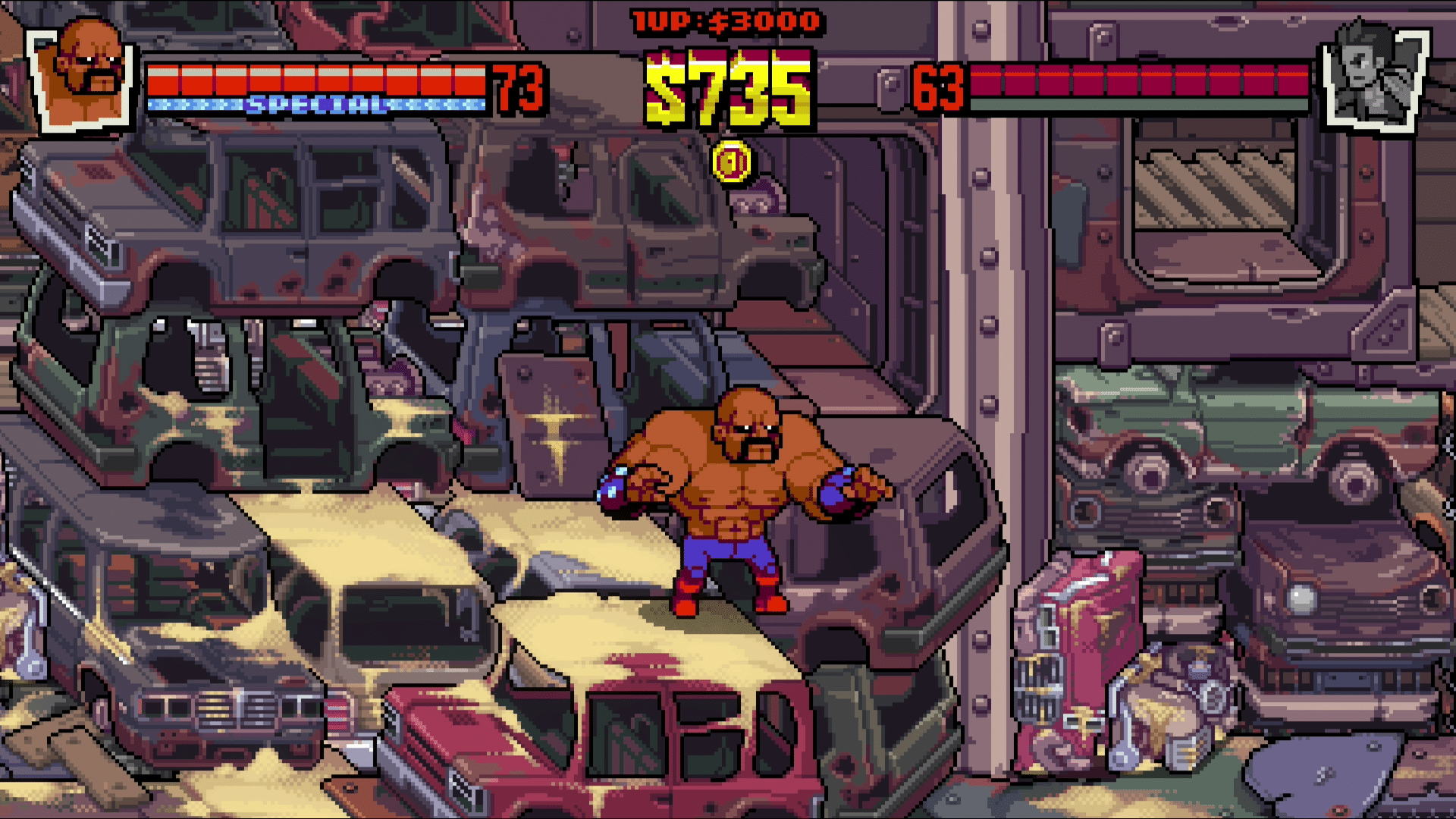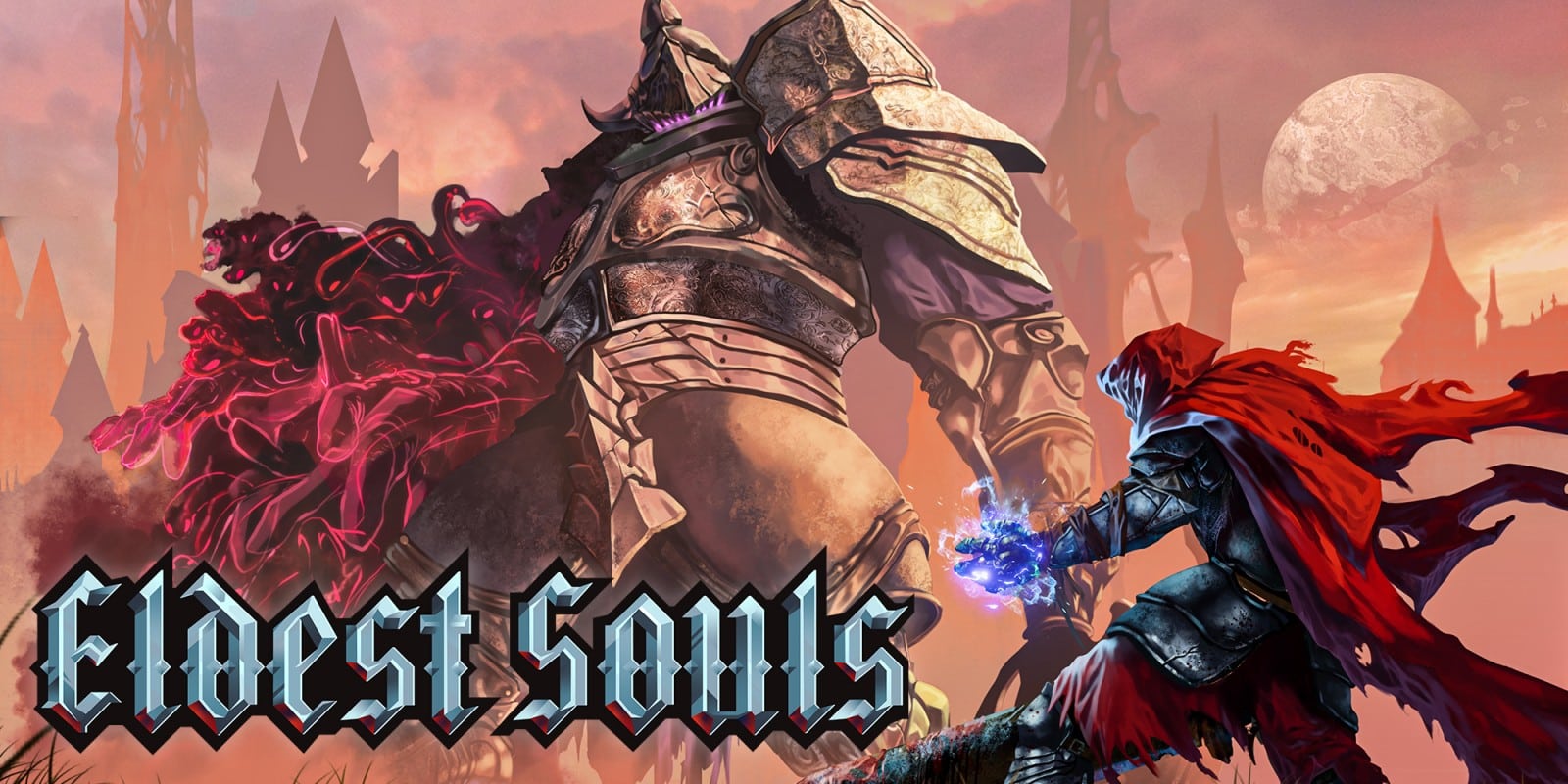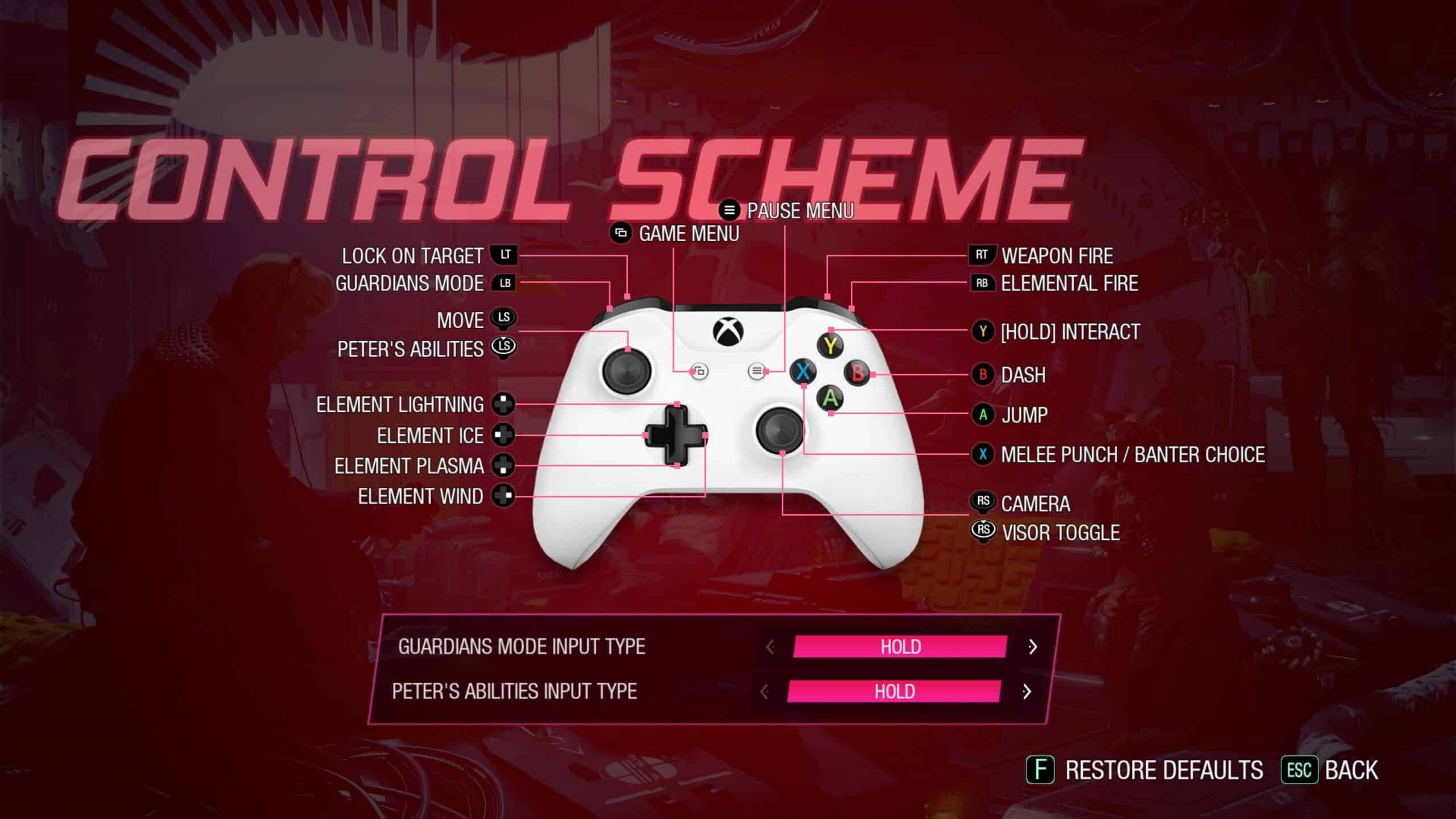The recent trend towards Soulsborn/Souls-like titles reminds me a lot of the early Monster Hunter days. Every company was trying to offer their own take on the genre, resulting in a wide variety of titles that approached the concept with their own spin. Among the various attempts to replicate the formula was Nioh. What made Nioh stand out was the simple fact it felt more like the logical next step for Ninja Gaiden. With that success behind them, Team Ninja is back with Wo Long: Fallen Dynasty. Given their previous success, will it be another step forward for the genre, or is it another forgettable entry in this genre?
Wo Long: Fallen Dynasty takes a page from another Koei Tecmo franchise, Dynasty Warriors. Taking place during the Three Kingdoms period, players need to work with/fight against various characters based off historical figures in a world plagued with demonic creatures. It makes for an interesting premise, with early game carried by seeing names like Cao Cao, it just doesn’t have a lot of steam.

Instead of caring about my character’s journey, the narrative is largely in the moment. The vast majority of world building is either events related to these culturally significant figures, or lay out the stakes for the mission you’re about to undertake. While there honestly doesn’t need to be much more, it can be disappointing for anyone hoping to see more from these names.
Initial gameplay sections are an absolute delight. There are a small number of enemies, most sections are designed to punish foolhardy travelers, with a strong emphasis on deflecting critical hits. I never got the impression any notable enemy would be bested by sloppy blade work, and many enemies were delighted to prove me right. It all starts to fall apart large term for a wide variety of reasons.
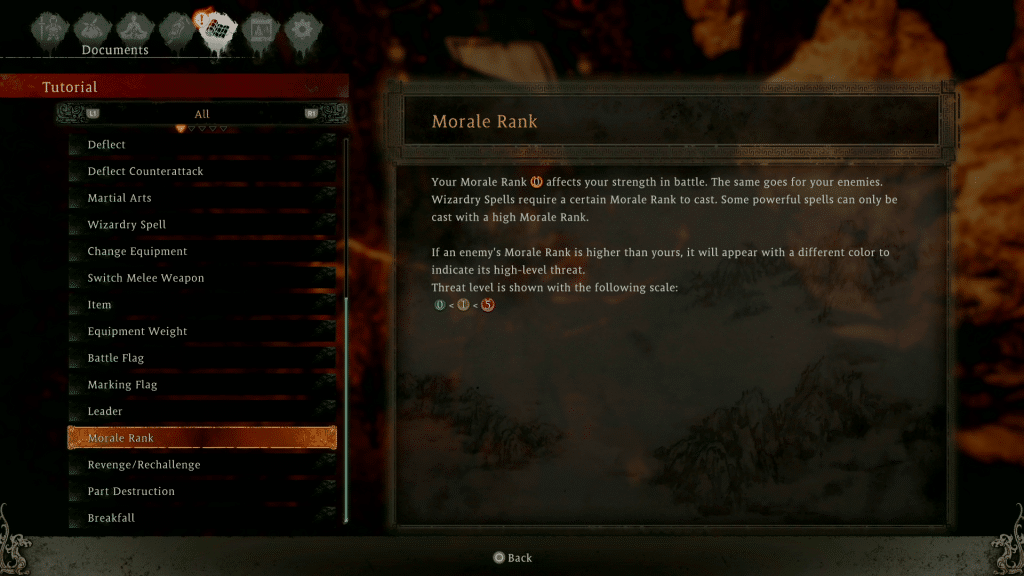
Issues start with the unusual morale system. On paper this system is actually really interesting. Instead of letting stats dominate the world, morale rewards exploration and skill. Finding banners increases your minimal morale amount, with defeated enemies further increasing it. To maintain your current level of power, you must avoid critical hits, and obviously stay alive.
This give and take works really well. Any major mistake will decrease your advantage, with the boost in power making certain optional enemies slightly more manageable. Unfortunately, in practice it fails for a wide variety of reasons.
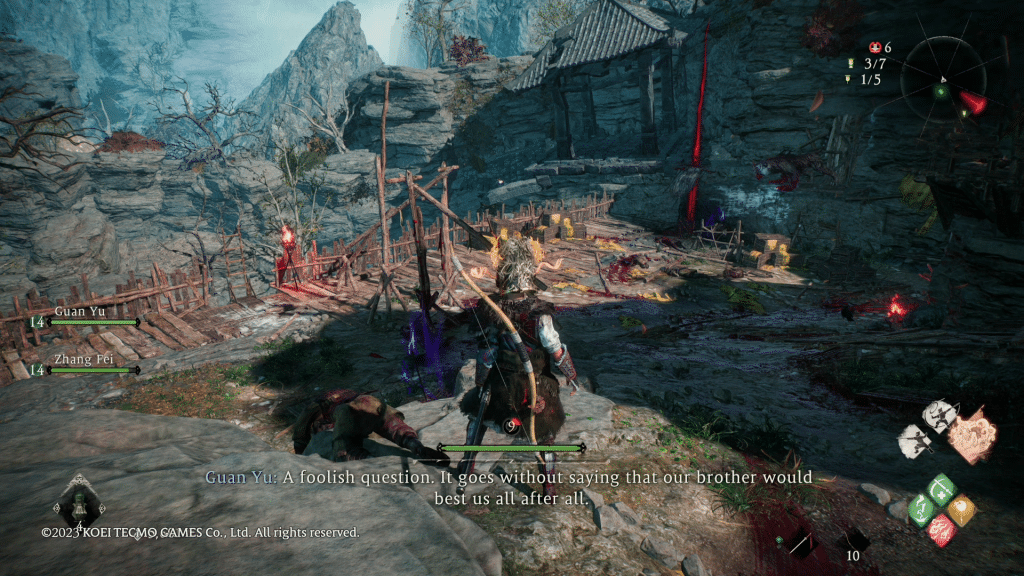
Powerful Foes Ready to Pounce
Most sections, especially later on, have multiple enemies clustered together. While this can be annoying, especially with ranged enemies, it was incredibly common for enemies to take advantage. I might enter a building, kill an enemy, and then take a critical hit from behind because there were two enemies in the building across the way. Other times enemies will lure you to greater danger, a tactic that works shockingly well given AI companions are happy to up the ante for you. Warlocks take this to another level, as they can throw a critical hit that can easily catch the most skilled player off guard.
Despite complaining about the system, it also manages to fail at its core concept. The vast majority of levels involve the same rotation, which makes levels feel very similar. Due to how progression works, it’s also possible to hit a point where the system has less importance. To combat this Wo Long: Fallen Dynasty places extremely high morale enemies near the start of your adventure. In Search of the Immortal Wizard is one of the first examples of this, with the battlefield littered with fallen players. In turn, the best tactic is to simply avoid these fights, making the design choice feel even weirder.
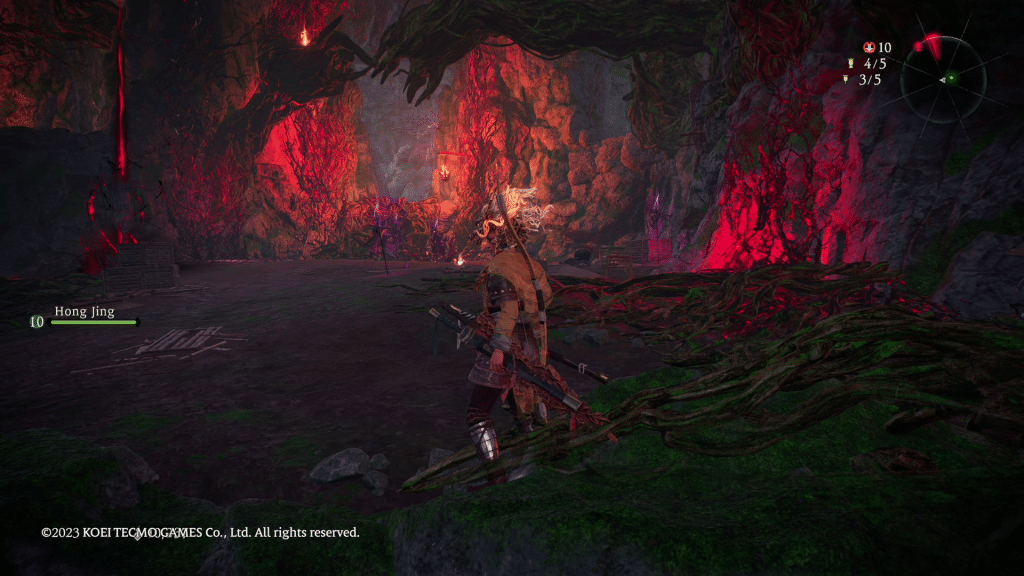
I think I might Die Here
Another interesting mechanic in a weird place is the revenge system. It works similar to bloodstains in Dark Souls. You’ll see a purple sword where they fell, morale level, and the name of what killed them. These can sometimes be used to figure out an upcoming threat, like the crocodile enemy Zhupolong will likely not surprise cautious players, they’re just too common.
Unless this is an unexpected downside to playing before release, it was extremely common to get revenge for 10 to 20 players a mission. Practically every section that had some kind of trick featured an enemy I could take revenge on, which took away from the charm. Not only are those enemies stronger, there isn’t a sense that you did anything notable. It also doesn’t help that players commonly died to secondary threats. So, even if I am getting dominated by a Changgui (tiger demon), a random archer might land the blow that finally ends my life. Now players X, Y, and Z need to kill that random archer to avenge me.
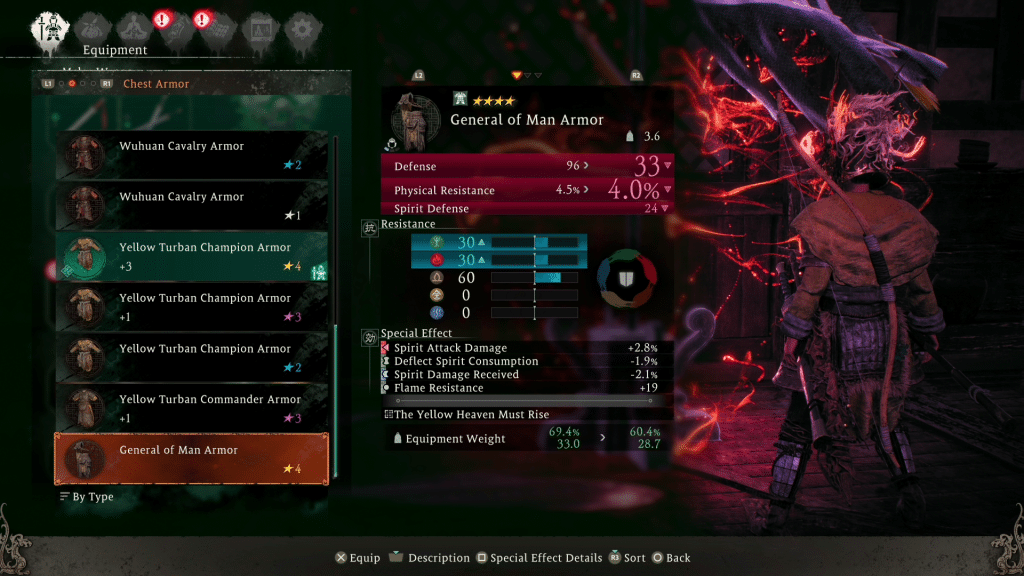
So Many Options
Even if these systems could be better, a lot of the fundamental mechanics are surprisingly hollow. A good example of this is the loot system. At first glance it seems like a really engaging system. There are weapon types, different attack patterns, elemental bonuses, benefits to various mechanics, special effects (think special attacks), various stats, set bonuses, with rarity increasing the number of available skills. This sounds like an overwhelming amount of things to take in, except it really doesn’t matter long term.
Instead of grinding for perfect items, you can simply swap perks, and/or enhance your current gear. This makes certain attributes more beneficial than others, and even that hinges on what you’re going for. While attack bonuses will help against specific threats, you won’t always have the resources to boost the desired weapon, along with really strong weapons more than making up for any disadvantage. Once everything is set up, gear is largely looking for new, or better versions of existing gear. Everything else can be dismantled for mats without a second thought.
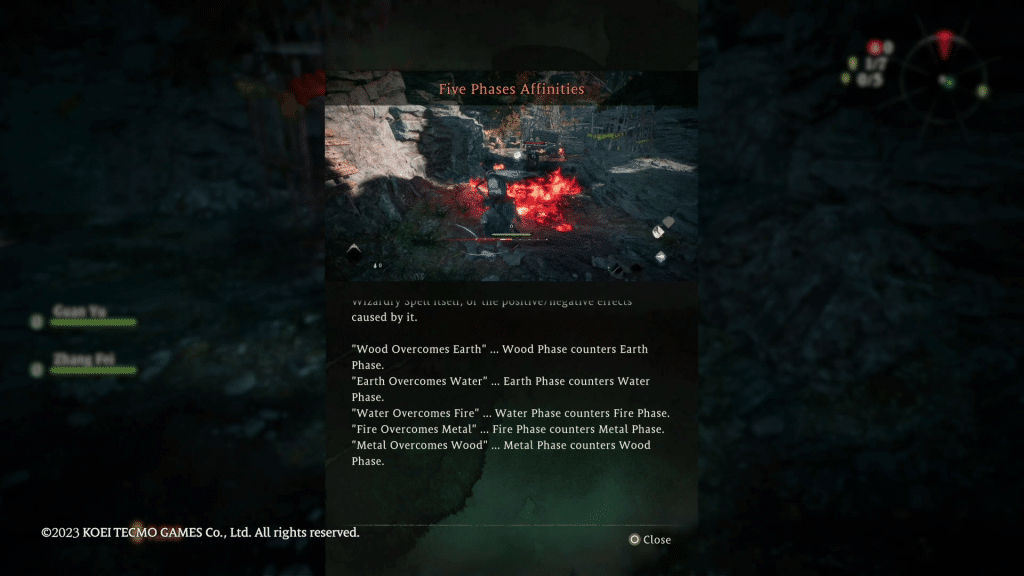
Another undercooked concept are the various elemental virtues. Instead of relying on the usual HP, MP, attack, defense, etc, it ties certain elements to specific benefits. I honestly think this would work well if it wasn’t for the Metal/Wood Virtues boosting Wizardry Spells.
Since there is no MP system, every system (dodge, Special Effects, damage, etc) takes from your available spirit. The advantage is aggressive players can earn a lot of spirit from attacks, that can be used to further dominate foes; whereas less skilled players increase the chances of their guard being broken, giving enemies the opportunity to land another strike. Even though the Metal Virtue doesn’t boost damage, it decreases cost, with Wood increasing duration, making them invaluable for a spell caster build. However, the Wizardry Spells themselves works against this.
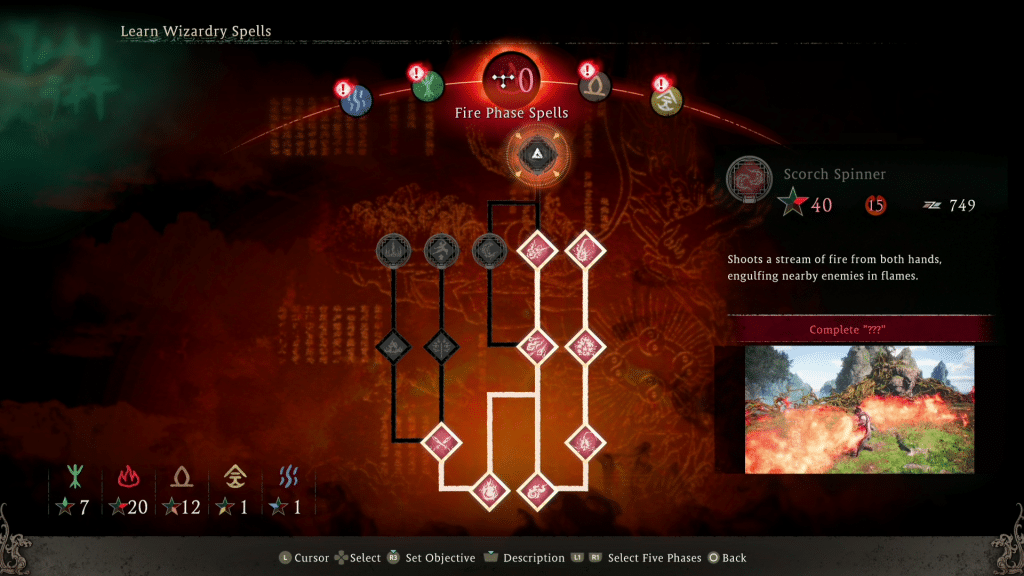
Given every virtue grants access to specific elemental spells, it’s in your best interest to explore every option. Unfortunately, certain spells are locked behind a discipline level, meaning your ability to really expand your build is limited. Either you massively invest in two for their strongest attacks, or level each virtue a little for access to that element. Whichever option you pick comes with two distinct disadvantages.
As previously mentioned, each virtue is tied to specific stats. Boosting water doesn’t just unlock water elemental magic, it boosts your ranged damage, stealth, benefits deflecting, and water damage/resistance. Often times the benefit of getting the right element is offset by the disadvantage created by that build. Maybe you need different armor because of weight; perhaps the decrease in spirit defense makes Wo Long: Fallen Dynasty a lot harder; or maybe you simply don’t benefit from range/stealth. Whatever the answer is, it makes the choice of elements far more limited. Something that is further hurt by the morale system.
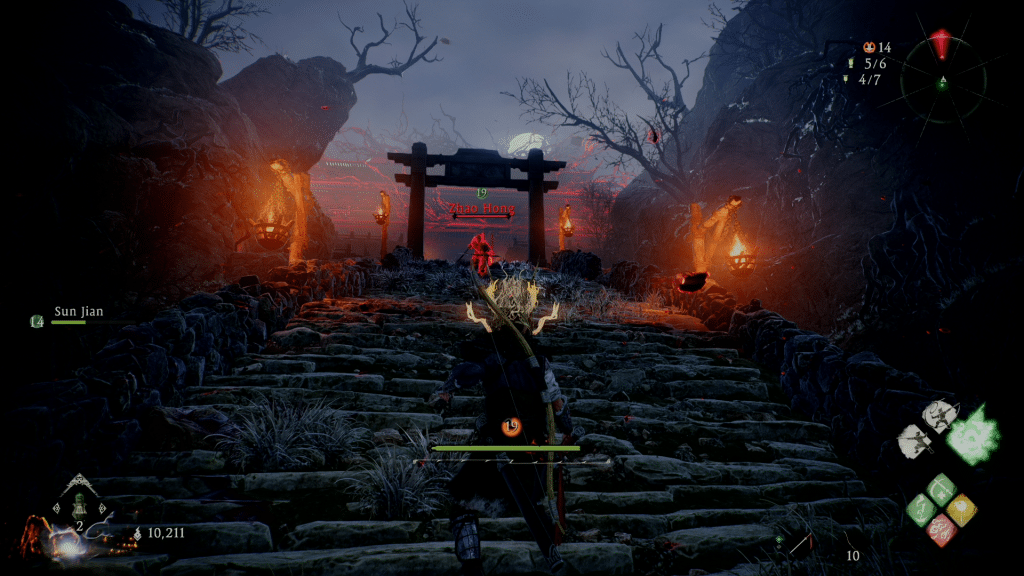
Regardless of how much you invest in the Wizardry Spells system, every attack requires a certain morale level. Several are three or less, but a good portion are seven, with some being 12 or more. It just doesn’t feel viable in any real capacity, almost to the point where you might as well ignore it. Besides practical moves like Absorb Vitality, as that requires three in Wood, and no morale requirements.
Despite the negatives I still found myself enjoying Wo Long: Fallen Dynasty. There is enough bite to make combat engaging, with the various enemies forcing me to adopt different tactics. It’s also has interesting locations to explore, which builds on the sense of anticipation for climatic showdowns. It would be nice if performance was flawless, though in the vast majority of situations you’ll likely not experience a problem in the heat of battle.
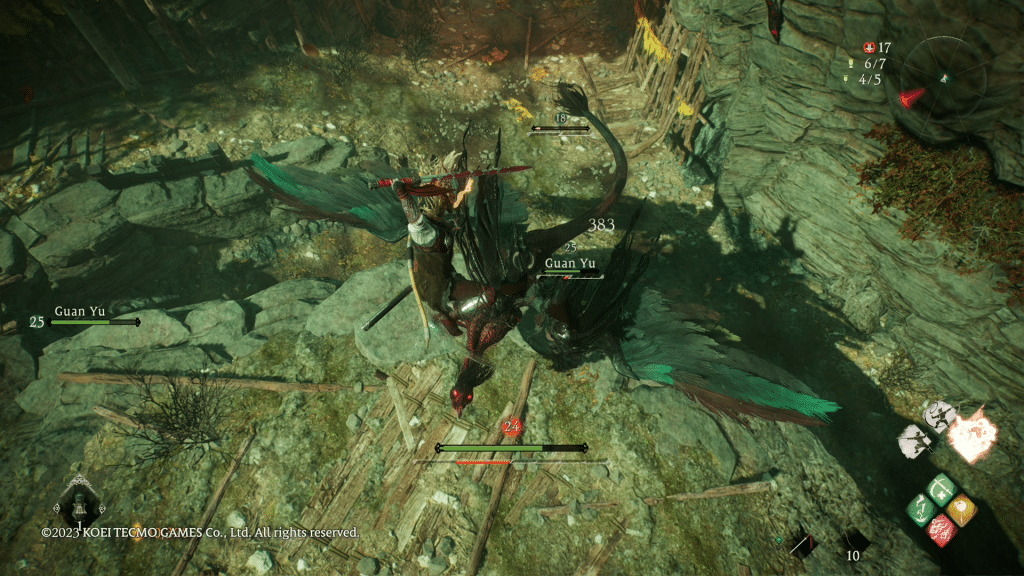
The deflect system is also pretty cool. Players are rewarded for taking a more defensive approach, with the system itself being somewhat forgiving. It’s at the sweet point where any vaguely correct input will perform the action, but haphazard dodging will almost always result in you taking damage. It always feels viable, and is often the best way to defeat any upcoming threat.
Wo Long: Fallen Dynasty Review Verdict
Wo Long: Fallen Dynasty : All this being said, the biggest issue with Wo Long: Fallen Dynasty is target market. Even if it has some bite, it's a lot easier than Nioh, or Elden Ring, with the distinct disadvantage of lacking the depth found in either title. This will turn off the hardcore market, with the aforementioned bite limiting the casual appeal like we saw with Sifu. A lot of players will be intimidated by the genres reputation, with the demo not helping matters. Not because it's bad, the initial sections are a great introduction to Wo Long: Fallen Dynasty, but rather I had more issues with the initial boss than I did with the next like seven. For these reasons, I think it's important to go into Wo Long: Fallen Dynasty with the right understanding. It's not trying to be the hardcore experience Ninja Gaiden/Nioh were, but rather a fairly approachable action game in the genre. It would honestly be perfect for a player looking to test the waters of the genre, over veteran players looking for a slightly different experience. That doesn't mean hardcore players can't have fun, I certainly did, it just isn't fun for the reasons people typically associate with the genre. – Grant
[Editor’s Note: Wo Long: Fallen Dynasty was reviewed on PlayStation 5, and a copy was provided to us for review purposes.]





